Spitfire Studio Strings is Spitfire Audio’s latest addition to their roster of orchestral sample libraries and the first product in an entirely new range of symphonic instruments. After having captured most of their orchestral instruments in AIR Studio’s spacious Lyndhurst Hall, the developers wanted to break new ground by establishing a fresh range of sample libraries that provides a crisp edge and a more controllable room tone.
Recorded at the medium-sized AIR Studio 1, Spitfire Studio Strings features a 30-piece chamber string ensemble made up of London’s top session players. The library’s sound is perfectly suited for both modern film scores and contemporary pop music.
Let’s find out together, why you would need yet another orchestral string library and what opportunities a comprehensive set of dry samples can bring to your own compositions. For this review, we were given the Professional edition of Spitfire Studio Strings.
OVERVIEW
First things first: Spitfire Studio Strings is a sample library built for Native Instruments’ free KONTAKT Player version 5.6.8+ and is available in two different editions: CORE and PROFESSIONAL. These are the most important differences between the two at a glance:
CORE
- MEDIUM CHAMBER Ensemble (8 first violins, 6 second violins, 6 violas, 6 celli, 4 basses)
- Tree Microphone Position
- 148 articulations/playing styles
- 13.2 GB in size
- Pricing: $249
PROFESSIONAL
- MEDIUM CHAMBER Ensemble (8 first violins, 6 second violins, 6 violas, 6 celli, 4 basses)
- Large String Ensemble (16 first violins, 12 second violins, 12 violas, 12 celli, 4 basses)
- Two Divisi Sections (4 first violins, 3 second violins, 3 violas, 3 celli)
- 6 Microphone Positions (Close 1 & 2, Tree 1 & 2, Ambience, Outriggers)
- 2 Stereo Mixes
- 232 articulations
- 210 GB in size
- Pricing: $499
Probably the first fact that leaps to the eye is that the Professional edition of Spitfire Studio Strings contains almost 16 times the content of the Core edition (210 GB vs. 13.2 GB). As you can see above, the Professional edition not only offers quite a few more microphone positions and mixes, it also provides you with three extra ensemble setups, each equipped with a comprehensive set of articulations.
Regarding the string sections, Spitfire Studio Strings is laid out in a modular manner. While the two divisi sections provide you with a strong sense of intimacy and detail, the large 56-piece string ensemble (which is made up from the standard section plus the two divisi sections) allows for grandiose and broad brushstrokes. However as all of the string sections were recorded in a rather dry, medium-sized studio, you’ll always retain a sharp and crisp sound that doesn’t wash out at the tails.
INTERFACE
Spitfire Studio Strings features the very same interface you may know from previous releases like Spitfire Solo Strings or Spitfire Albion One, so if you own another Spitfire product, you will find your way around pretty easily. The main GUI page again provides you with the Easy Mix slider that allows you to blend seamlessly between a close and a far mic position. Depending on the patch you loaded, the bottom row shows you which articulations are available. Furthermore you will find control sliders for Dynamics, Vibrato, Legato Speed and Expression, all of which are assignable to MIDI controls.
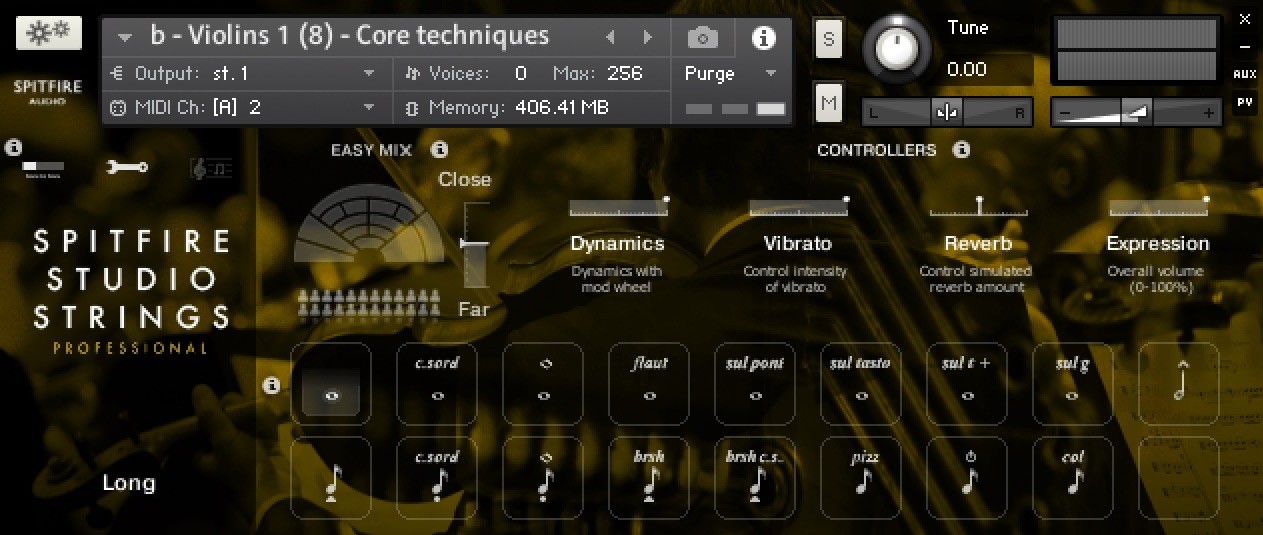
The second page (accessible by clicking the wrench icon in the left corner) takes you to the Expert settings tab which allows direct control over all six microphone positions. Here you will also find several control options for CC mapping, round robins and transposition.
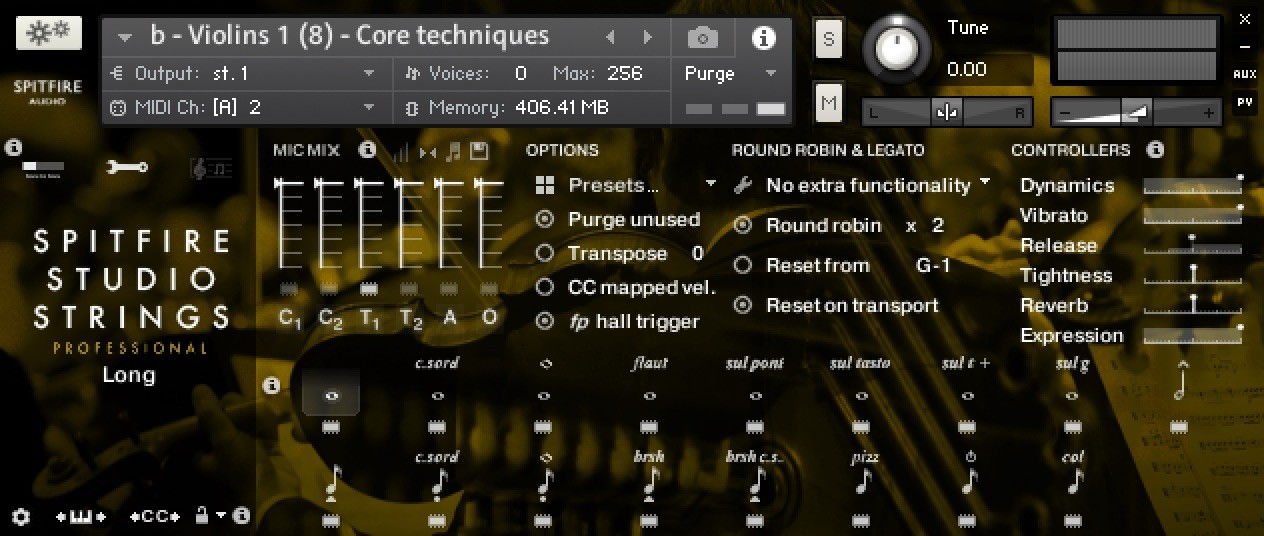
The third page of the GUI gives access to Spitfire Audio’s trademark Ostinatum panel. The Ostinatum is a mix between a step sequencer and arpeggiator and essentially allows you to create complex rhythmic patterns with your short string articulations.
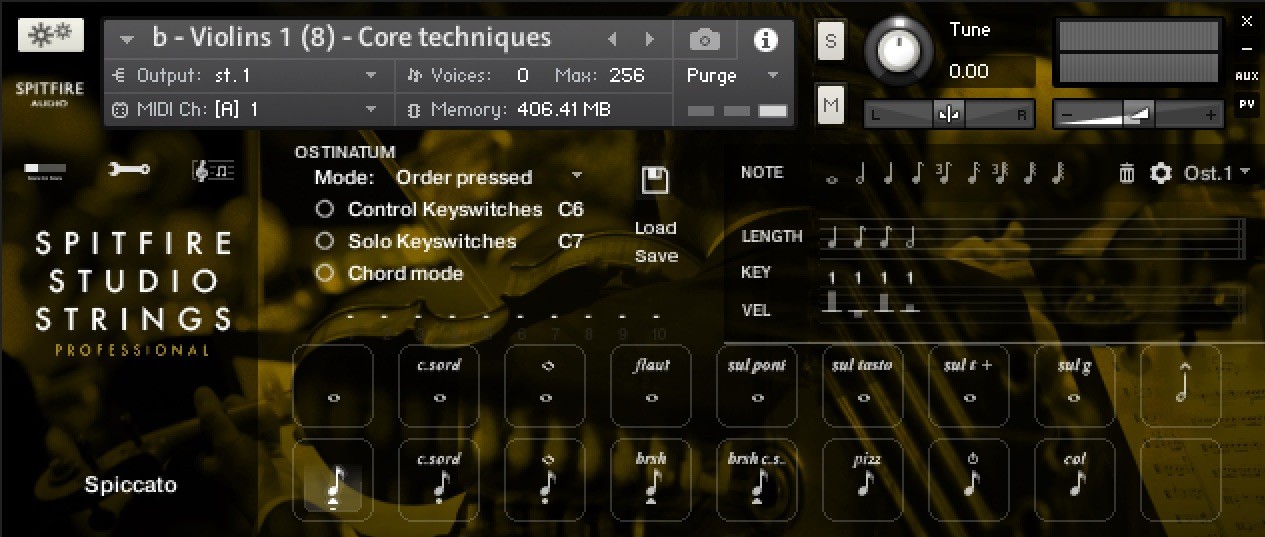
SPITFIRE STUDIO STRINGS IN USE
Spitfire Studio Strings comes with over 230 different articulations or playing styles for the different instrument sections as well as the four different player configurations. In a typical Spitfire Audio manner, the collection includes all of the bread and butter techniques like various sustains and shorts, pizzicatos, tremolos and trills but also features a good amount of extended or more experimental techniques: glissandi, brushed shorts, super sul tastos and muted measured tremolos are just a few to mention.
As you might imagine, maintaining a proper overview of such a comprehensive set of playing styles calls for a good patch structure. Luckily, over the years Spitfire Audio established a certain file and patch organization scheme that is pretty much consistent across most of their libraries – and therefore makes it quite easy to dig one’s way through all of the content provided. The patches and playing styles for Spitfire Studio Strings are split up across five main categories:
ALL IN ONE PATCHES
These multi-articulation patches feature several of the most essential articulations for each instrument. These patches are available for every instrument type (violin, viola, cello, etc.) and for each of the various player configurations. This allows you to load up the main articulations for any amount of players you’d like to arrange for.
EXTENDED TECHNIQUES
Again presented as multi-articulation patches, these presets contain sets of more unusual or extended playing techniques. The patch structure is similar to the All-in-one patches in that you can choose between Core techniques, Decorative techniques and FX techniques for each instrument type and player configuration individually. You will find the Extended techniques folder amongst the following categories by clicking the Advanced folder.
INDIVIDUAL ARTICULATIONS
As the name implies, the Individual articulations folder gives access to every single one of the 232 playing styles for every instrument and player configuration. This allows you to pick and choose just the articulations you need and load them up as individual patches. If you know what you need, this method surely helps saving quite a lot of RAM estate.
LEGATO TECHNIQUES
Here you can find all of the legato articulations for each of the sections and configurations. These patches react to your playing and will trigger slurred legato transitions between notes if you play fast and soaring portamento transitions if you play slowly.
OTHER PATCHES
In the Other patches folder, you can find a collection of multi-articulation patches that are either light on the CPU or contain just a few articulations of a certain category. These include Economic Longs, Economic Shorts, Light Resources and Time Machine patches. The latter makes use of KONTAKT’s time-stretching functions and allow you to tailor the length and speed of some of the articulations.
THE POWER OF DIVISI
Probably one of the biggest selling points of Spitfire Studio Strings Professional is that you’re able to pick exactly the size of your string ensemble according to the job you need to get done. Whether it’s a small 4-3-3-3 chamber string section to spice up your indie rock arrangement or the whole 56-piece shebang for your epic game score, Spitfire Studio Strings Professional can pull off both convincingly.
Also, having access to dedicated divisi sections is something a lot of film and game composers nowadays ask for. It allows you to create more realistic sounding polyphonic arrangements than you could achieve with large ensemble patches. When using – say – an 18 violins sustain string patch, every single key you play is 18 musicians playing the same note. As soon as you hold a three-note chord for example, there’s in essence 54 violins playing a chord, which more often than not will yield fake sounding results. However if you’re able to split your large string band into smaller sections (divisi), you could assign a note or passage to each of them. When they now play together, you will get a much more authentic and diverse ensemble sound. This is, what I think Spitfire Studio Strings’ two divisi sections will be most useful for.
THE SOUND OF SPITFIRE STUDIO STRINGS
Having spent a couple of days now playing with the library and trying different patches or combinations of instruments, it’s fair to say that Spitfire Studio Strings offer a very clear and crisp sound all across the spectrum with little to no disruptive noises or pitch inconsistencies worth mentioning. Since the samples were recorded in a much drier room than Spitfire Audio’s other symphonic libraries, the instruments in Spitfire Studio Strings have quite a different tone to them. To me, it’s one that emphasizes the character of the actual players a little better. Due to the positively unobtrusive room sound and its short reverb tail, it feels like this library brings out the resonance and body of the string instruments and players a bit more which makes for a beautifully detailed and lively sound.
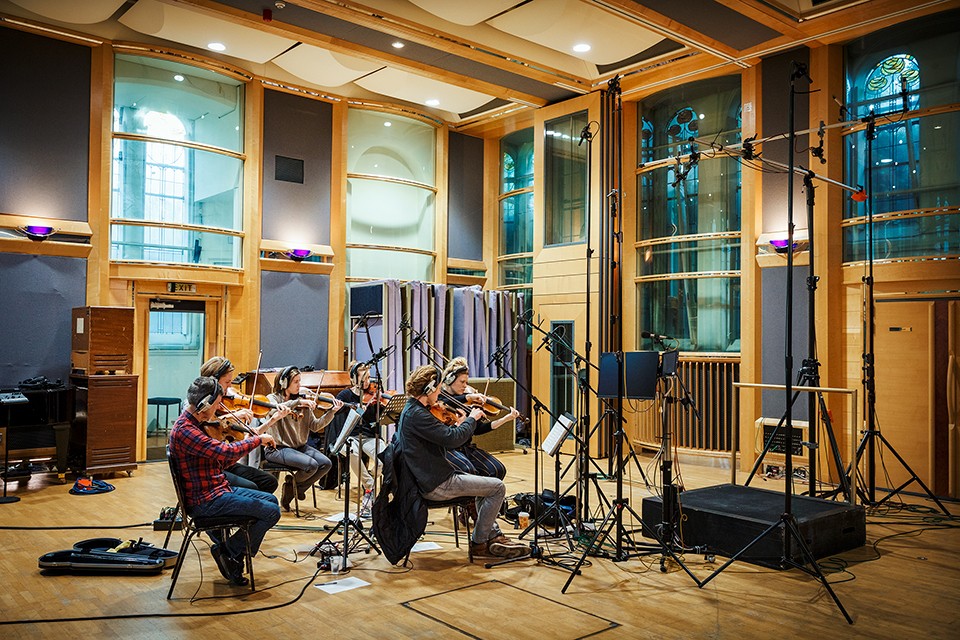
One may wonder if the lack of a lush scoring stage reverb tail results in a bland and small string sound but actually, the opposite is true. AIR Studio 1 surely adds some enjoyable character to the strings, it just doesn’t wash their tails out as much. Having dry samples at hand can be of huge advantage as it enables you to add your own reverb tails to the sound and put the string ensemble in any space you like. Or, if you are out for a punchy and direct sound, keep the samples dry and put them into your pop arrangement as is. The tonal flexibility is really one of Spitfire Studio Strings absolute strengths and – for me at least – is the answer to the initial question: “why would I need just another string library?”
CONCLUSION
Yet again the talented team at Spifire Audio managed to create another superb sounding and easy-to-use sample library. The company’s new route of presenting dryly recorded orchestral ensembles will definitely open their products to a new spectrum of potential users who previously had trouble incorporating reverb-heavy libraries into their pop or EDM arrangements.
Of course, is also still perfectly suited to film and game composers, as the tonal flexibility and free choice over both player configuration and reverb size leaves great room for creativity. Taking the six amazing sounding microphone positions and two stereo mixes into account, it becomes clear that Spitfire Studio Strings can surely run for “most flexible string library of the year“. The comprehensive collection of different articulations, techniques and string FX is remarkable and will have you covered for most compositional duties. Only the range of short articulations could have used some additional options in my eyes. Other than that, Spitfire Studio Strings makes for the perfect companion to your favorite “wet” string library or could as well be your new go-to composition tool.
Spitfire Studio Strings is available as a digital download via Spitfire Audio’s online store. The 13.2 GB Core version is up for $249 while the 210 GB Professional version is offered at $499.
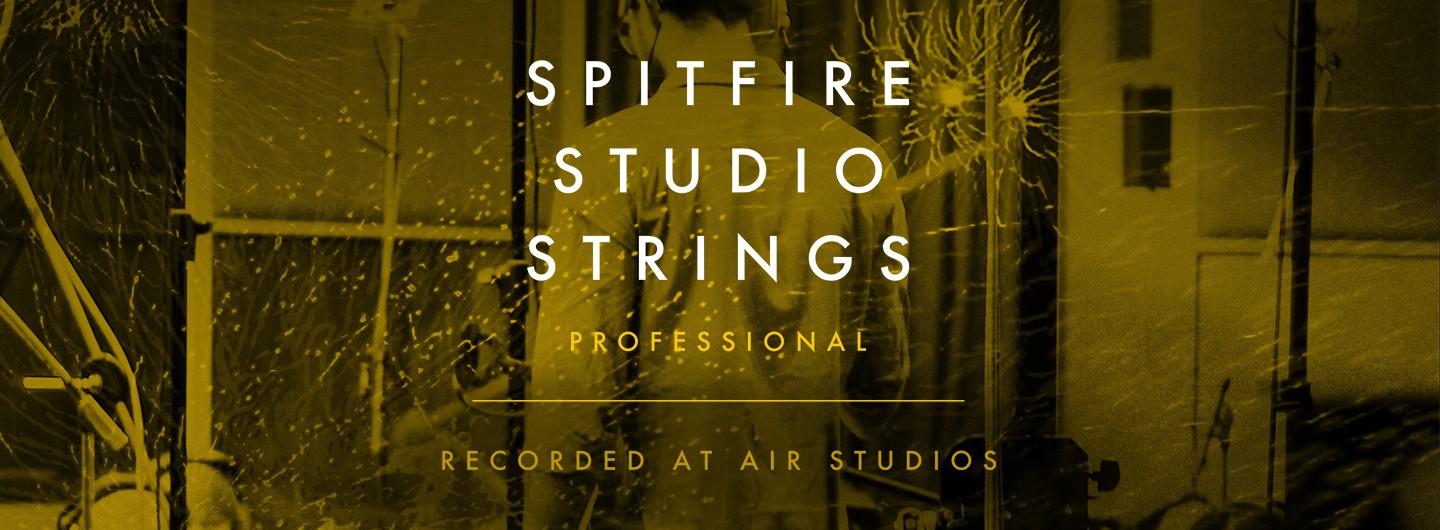

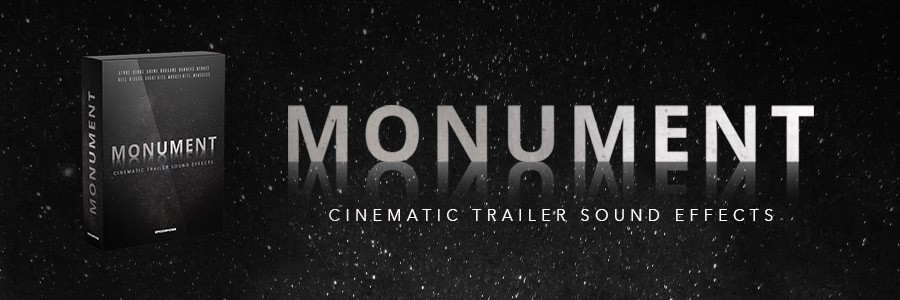
2 comments on “Spitfire Audio – Spitfire Studio Strings (Review)”